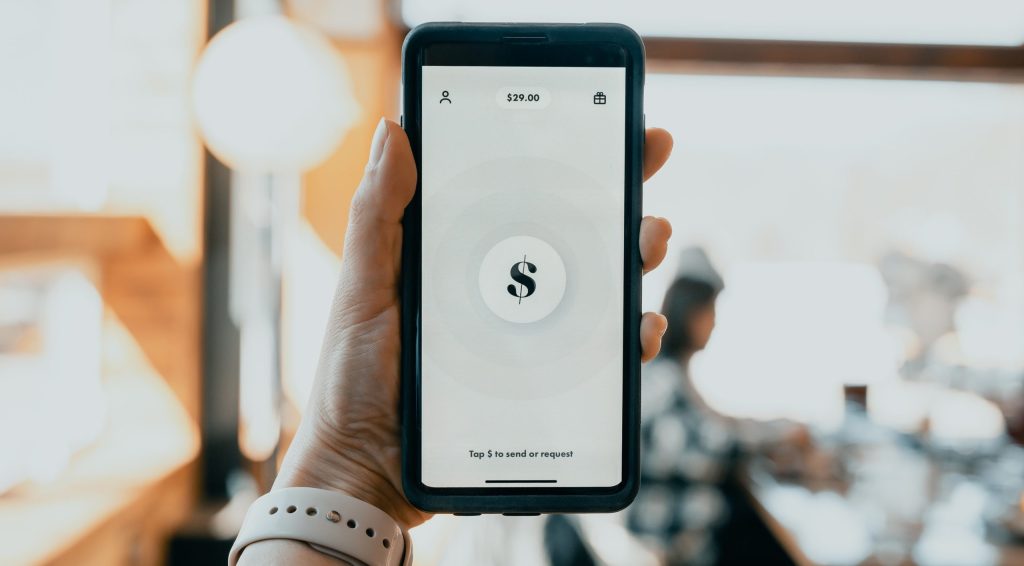Digital banking has been advancing in the financial market rapidly in recent years.
The implementation of solutions for digital banking by banks has shown to be more than effective — over the last ten years; they helped to decrease costs of operating by about 70 percent. It is fast, easily accessible, and widely accepted.
In this article, we’re going to review digital banking in detail, take a look at its types, and what benefits it brings. But before we get to that, let’s get the basics cleared out.
Digital banks and banking — what are those?
A digital bank is simply a bank conducting its operations online, which provides all the regular bank services. It is a common practice for banking institutions to create online “branches” to cover this new sphere of banking business.
Digital banking, consequently, is the entirety of common banking activities transferred into digital form. It allows customers to access any desired financial banking activity from home computers or personal mobile devices.
Here’s a shortlist of things digital banking allows you to do online:
- Open a deposit account
- Manage your cheques
- Monitor transactions
- Pay bills
- Obtain bank reports
- Transfer money
Customers tend to love digital banking: it saves them tons of time and effort otherwise spent on their banking operations. At this point, you might confuse digital banking with types of online banking. Both terms are being widely used in the media nowadays. Let’s check their differences.
Online banking, digital banking: the same thing?

The short answer would be “No.”
Online banking usually provides only the basic functionality; you can check bank statements or do some account management. It cannot reflect all the traditional banking functions, remaining quite limited.
Digital banking is a wider term than its online counterpart. It provides most of the traditional banking functions in a fast and efficient way.
Implementation of digital banking solutions usually follows a thorough upgrade of a bank’s technological and software infrastructure. This upgrade involves establishing APIs, automation, and internet-based services. The aim of digital banking is to completely replace traditional banking for the audience of customers with access to the internet, reflecting all its functions and adding some.
The term “mobile banking” is also sometimes used when people actually mean “digital banking.” It is different, however: mobile banking only represents the possibility for bank clients to conduct financial operations using their phones and other devices, making the options quite narrow.
Despite being somewhat interchangeable, the three aforementioned terms are different. An “umbrella term” for them is digital banking — it encompasses both mobile and online banking.
There are several types of digital banks on the market. To have a complete picture of the topic, we need to clarify the difference between them.
Types of digital banks
The most common terms for the digital banking industry are “challenger bank” and “neobank”; however, there are others as well. Let’s get them sorted out.
Neobank
Neobanks are present online exclusively. They lack any physical backing behind their infrastructure and provide access to their services through mobile applications. All the licensed operations are conducted through some other existing partner bank. Neobanks usually cannot provide the full spectrum of services to their clients.
Challenger bank
The term comes from the principle of a “challenge” that the digital bank poses to traditional enterprises. Challenger banks tend to be more engaging than big traditional banks, attracting more customers this way.
New bank
If neobank gets itself a full license, it becomes a “new bank.” These are essentially traditional banks gone digital. They provide the full spectrum of functions you can expect from a traditional bank but doing it online.
Nonbank
Just as you could’ve guessed, nonbanks are, well, not banks at all. These are organizations that provide financial services online. However, they are not registered as banking institutions. Therefore, they lack certain services, such as the possibility to make deposits or create an account for savings.
Okay, but which benefits does digital banking provide exactly? Let’s find out.
The benefits of digital banking
Digital banking is a huge boon to consumers all over the globe. Let’s analyze the exact benefits it brings.
Enhanced customization
Modern digital banking solutions often come equipped with advanced learning algorithms and AI, which allows for wide optimization options.
The bank “learns” habits and preferences of specific customers, then tailor the offered functions accordingly. Clients can get their spending analyzed, along with automation of budgeting and various reminders, which greatly increases their levels of satisfaction.
The number of resources invested by banking enterprises into accounting procedures can be enormous. Digital banking renders all the clumsy back-room processes redundant, which saves a huge share of the budget otherwise spent on them.
Automation both speeds up the banking operations and removes the human factor, making the banking process much more efficient overall.
Digital-specific features
Digital banking also offers a plethora of features only available online due to their digital nature: purchasing cryptocurrency or investing right inside the banking application. All the settings of these functions can be changed on the fly, making them flexible and responsive to the processes in the financial world.
Increased usability
“Know Your Customer” protocols make it possible for customers to register new accounts fast and regardless of the exact device they are using. Digital banks are available around the clock, making it easy to access their services whenever customers want, using any spot with Internet access.
Some final thoughts on the matter
It seems that the financial sphere of our life is still far away from complete digitalization in banking. Clients do appreciate the speed and handiness of digital banking solutions, but they still tend to go with traditional banking when it comes to big investments and large-scale operations.
Digital banking makes our lives easier already, but it has a long way to go.


